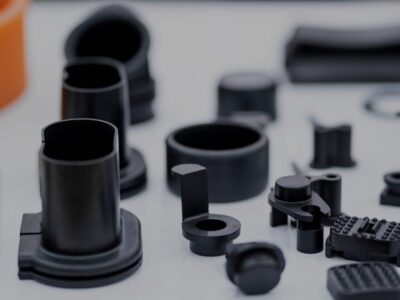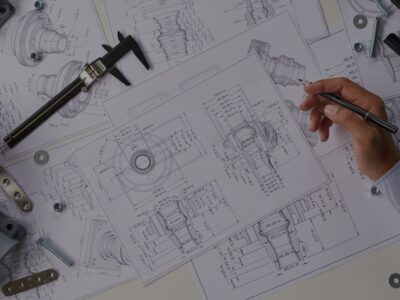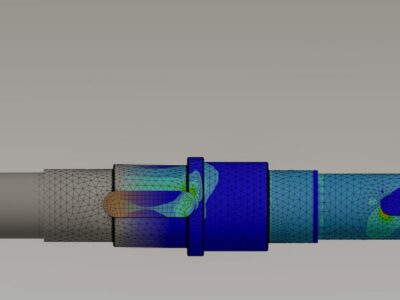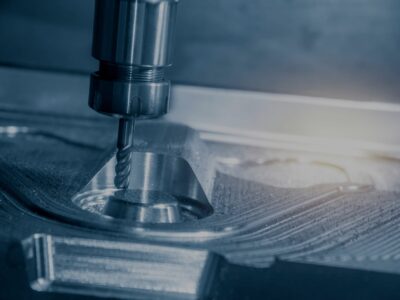Originally published on fastradius.com on August 18, 2021
If you take apart a well-made plastic component, you’ll notice the walls are uniform all around. Maintaining a uniform wall thickness is one of the most important rules of injection molding design, and it can determine the success or failure of a part. What is uniform wall thickness, and why is it so important for production? Let’s dive into it.
The importance of maintaining a uniform wall thickness
Uniform wall thickness means that all the walls of a part are of the same thickness. There are many manufacturing advantages to keeping your part’s wall thickness uniform throughout. One such advantage is that uniform wall thickness promotes consistency part-to-part, which decreases the time required to mold each part for both high and low-volume injection molding production runs. Uniform wall thickness also prevents errors upfront that could waste time and resources, improves a part’s stress distribution, uses less material to decrease costs, and minimizes shrinking post-production.
It’s important to ensure uniform wall thickness when injection molding, not only to promote better parts and more streamlined production. There are a whole host of issues that can occur if your walls aren’t uniform:
- Warping — Twists and bends in a part’s shape that stem from uneven shrinkage due to a lack of wall thickness uniformity.
- Flow lines — Lines or waves that appear because of different flow rates as the molten material fills the injection mold cavity.
- Sink marks — Small craters that occur when the molten plastic can’t cool completely in the mold. Sink marks often form on the thicker parts of uneven walls.
- Short shots — Some sections of a mold can be missed during the injection molding process due to uneven wall thickness. Uneven walls can prematurely cool plastic flowing from a thin section to a thick section, which prevents the thicker section from getting any molten material at all.
- Gating challenges — Gating systems ensure smooth and even filling of the molten material in the mold. Uneven walls can cause molten material to flow from thin to thick sections, instead of thick to thin. This causes the material to cool in the thinner wall section and block the flow to the thick section.
- Cooling rate issues — Cooling rates can be compromised by uneven wall thickness because certain sections will take different amounts of time to cool. This can increase manufacturing and process times and also render some individual parts unusable.
Being diligent about enforcing uniform wall thickness can help prevent these complications and other defects from arising before, during, and after a part’s production cycle.
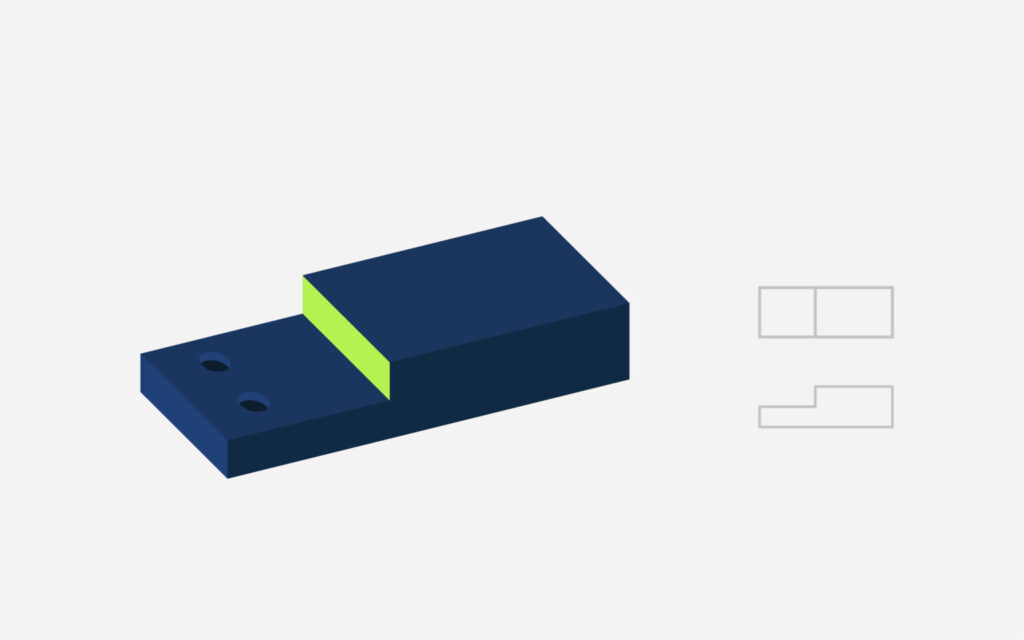
How to avoid uneven walls
Before you make sure all of your part’s walls are even, you have to determine the proper wall thickness for the part. Finding the best wall thickness can be tricky — your walls must be thick enough to support the intended load of a part without compromising the production and final functionality of your component. Here are some good rules of thumb:
- General wall thickness should be between 1.2mm and 3mm, although some variation based on materials is expected.
- Overall, wall thickness should stay below 5mm because thicker walls lengthen production cycle times and could negatively affect functionality and aesthetic appeal.
- Adjacent walls must not be less than 40 to 60 percent the thickness of the other.
Thicker walls bring mechanical strength to the table, but thinner walls have a wider range of benefits. Thinner walls use less material, cost less, and are quicker to manufacture. Thin, uniform walls are also more resistant to warping during cooling and take less time to cool. This further increases the efficiency of your production run. After production, components with thinner walls are easier and less expensive to manage, handle, and ship because they are physically lighter.
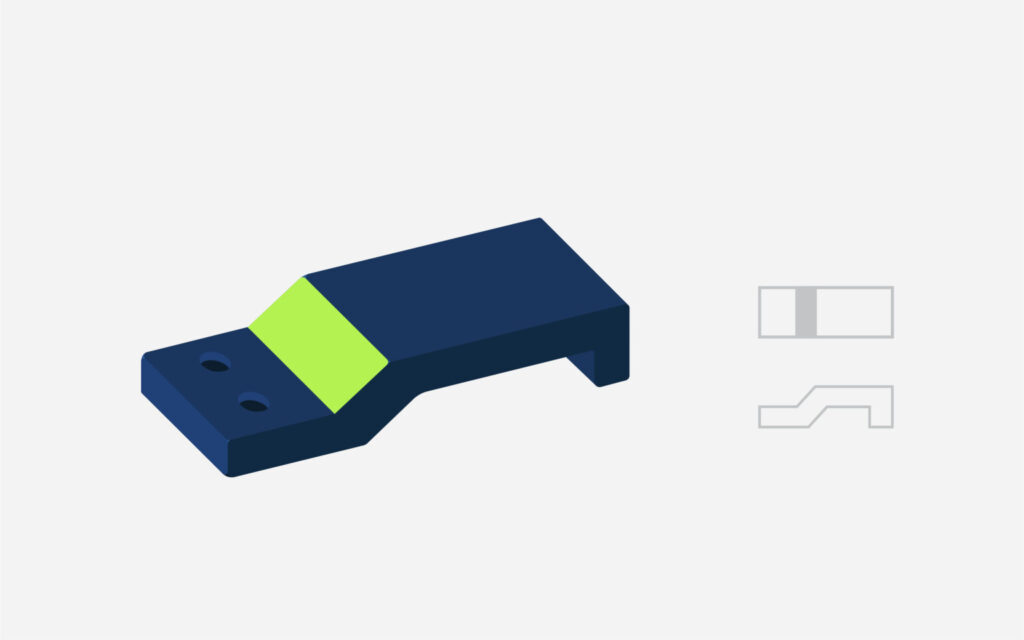
Build better parts with SyBridge
The importance of uniform wall thickness cannot be overstated, especially when it comes to injection molded parts. By making sure that your part has uniform walls throughout, you can promote streamlined production runs that produce consistent components. Uniform wall thickness can also prevent cosmetic and performance issues, which lengthens the lifespan of each individual part.
At SyBridge, we can help you ensure uniform wall thickness and avoid injection molding design mistakes. Starting with design and material selection, moving all the way to production and post-production processes, our team of experienced manufacturers can help you improve operations and reduce costs. To get started on building uniform and high-quality components, contact us today.
